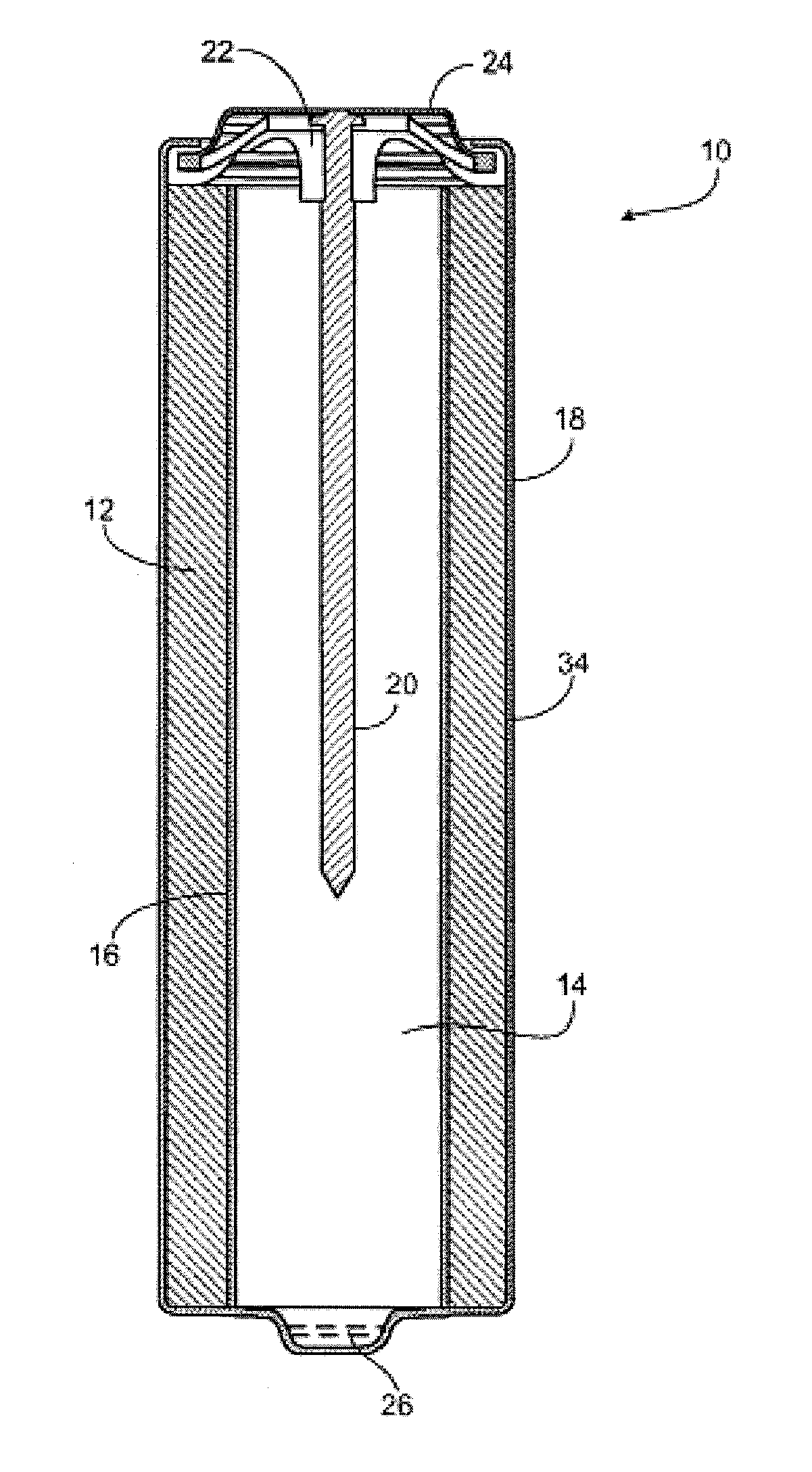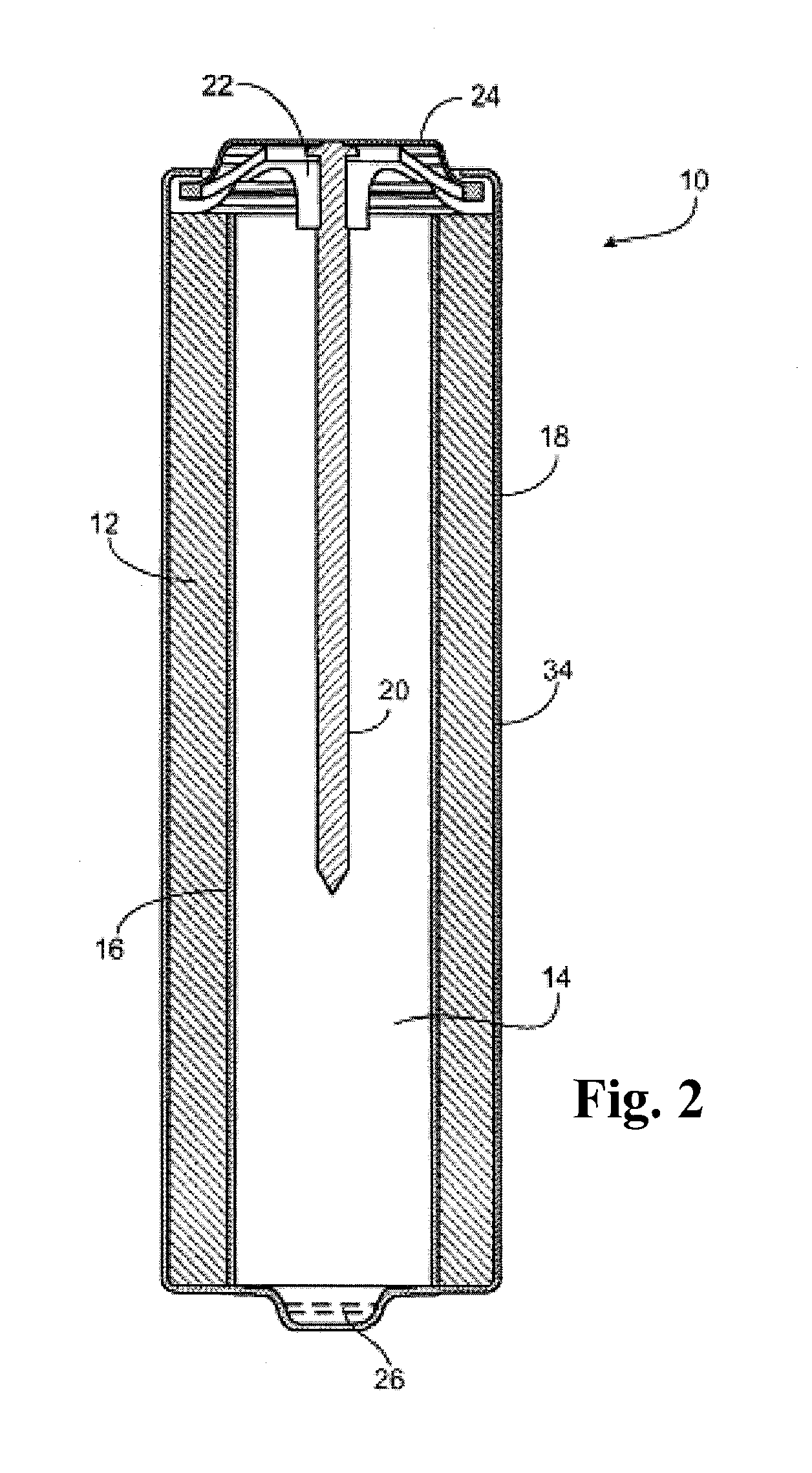Synthesis of hetero compounds using dialkylcarbonate quaternation
- Summary
- Abstract
- Description
- Claims
- Application Information
AI Technical Summary
Benefits of technology
Problems solved by technology
Method used
Image
Examples
examples
[0077]The following reaction sequence can be carried out to produce a variety of heteroatomic sulfate salts, which then can be converted to ionic liquids using the techniques described above. In the following reaction sequence, Hetero, R, X, R′, and R″ can be as described above to produce the heteroatomic sulfate salts shown in the table below.
[0078]The following compounds of formula IV can be prepared using this reaction sequence.
TABLE 1Compounds of Formula IV
[0079]Methyldabconium methylcarbonate and methyldabconium sulfate can be prepared as shown in the reaction sequence below:
[0080]In one exemplary method, 1-methyl-4-aza-1-azoniabicyclo[2,2,2]octane or DABCO (10.024 g or 89.4 mmol) was added to dimethylcarbonate (60 mL or 712.2 mmol) available from Sigma-Aldrich, St. Louis, Mo. and mixed by a magnetic stirrer on a hot stir plate. This mixture was heated to 80° C. or vigorous reflux for 3 hours. The reaction volume was cooled to room temperature while stirring overnight. The whit...
PUM
 Login to View More
Login to View More Abstract
Description
Claims
Application Information
 Login to View More
Login to View More - R&D
- Intellectual Property
- Life Sciences
- Materials
- Tech Scout
- Unparalleled Data Quality
- Higher Quality Content
- 60% Fewer Hallucinations
Browse by: Latest US Patents, China's latest patents, Technical Efficacy Thesaurus, Application Domain, Technology Topic, Popular Technical Reports.
© 2025 PatSnap. All rights reserved.Legal|Privacy policy|Modern Slavery Act Transparency Statement|Sitemap|About US| Contact US: help@patsnap.com



